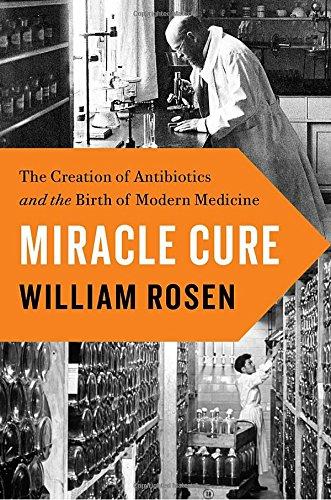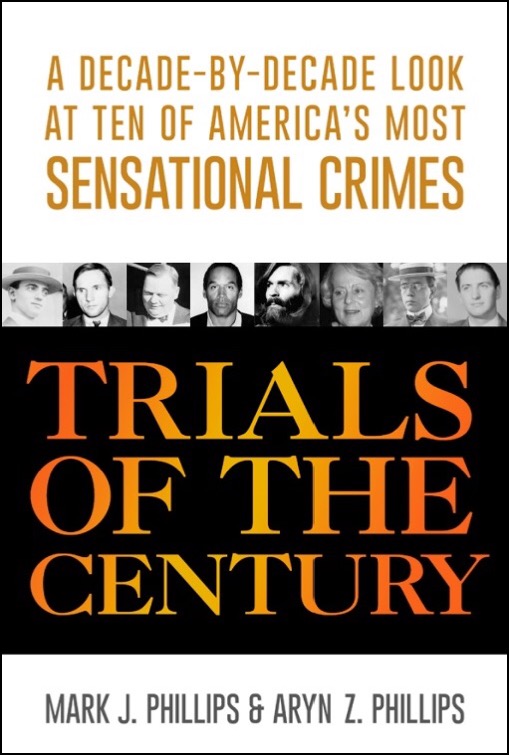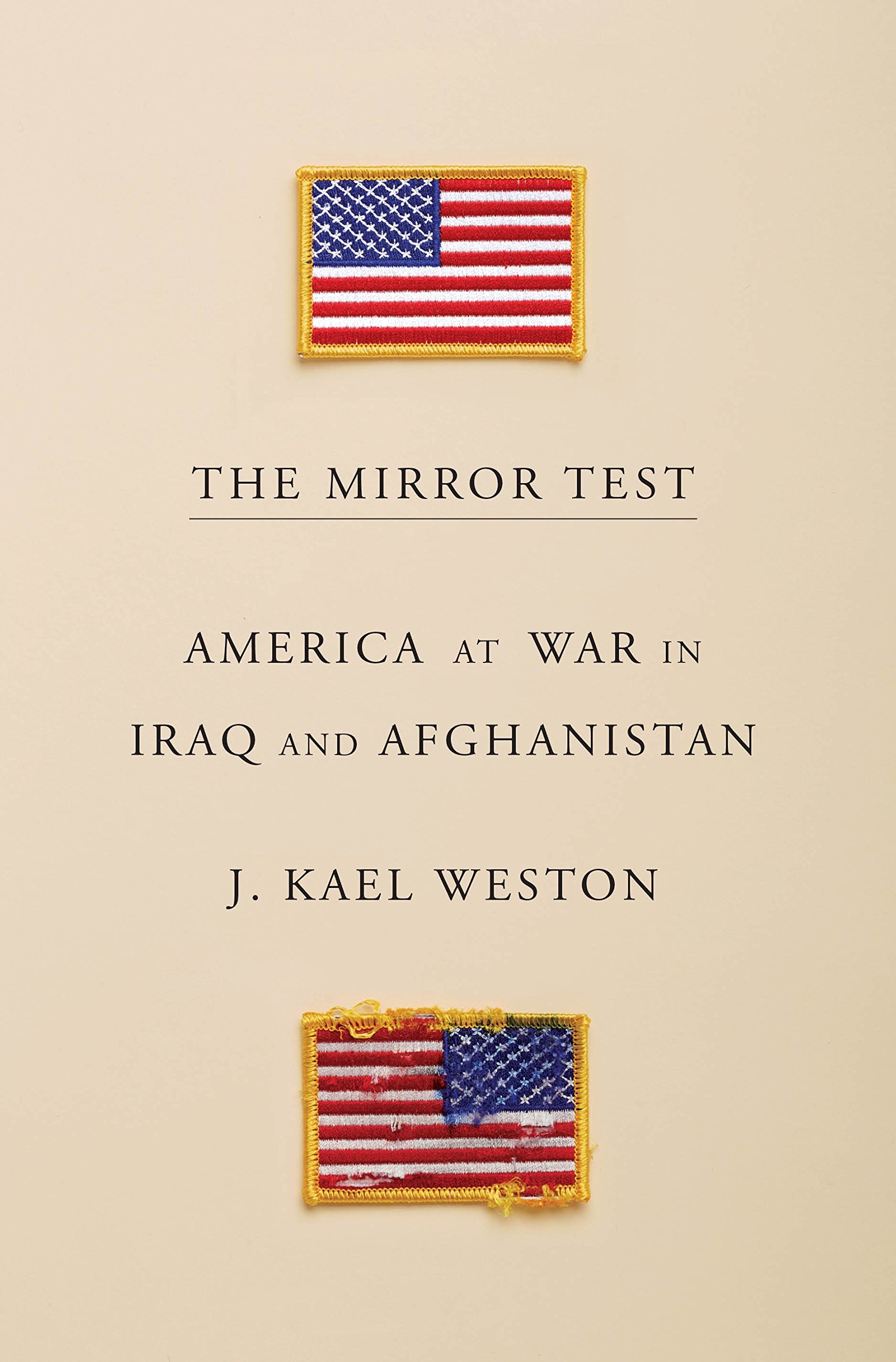You must be logged in to post a review.
Miracle Cure: The Creation of Antibiotics and the Birth of Modern Medicine
In the eighteenth century, before the causes of disease were understood, “A doctor could set a broken bone, perform elaborate-though-useless tests, and comfort the dying, but hardly anything else.” Beginning with Louis Pasteur and the germ theory of disease, however, the scientific and medical communities began to develop medicines to fight infectious disease. Surprisingly, the strength of William Rosen’s Miracle Cure isn’t the science behind the antibiotic revolution, but rather Mr. Rosen’s comprehensive understanding of the revolution’s politics and consequences.
Establishing a basic chronology, the first half of the book suffers at the mercy of a fitful process of scientific discovery replete with false starts and chronic underfunding. Mr. Rosen doesn’t help matters by making room for needless asides, such as a detail about an Abbott Laboratories research facility that opened in 1938 with “interiors by the design genius Raymond Loewy.” But the book improves exponentially at the halfway mark with the introduction of penicillin. Here, the real-life scientific advances begin to gather nearly unstoppable momentum, and so does Miracle Cure, expertly delving into the less-obvious effects of the antibiotic revolution and rewarding patient readers with a keen and welcome sense of analysis that compensates for the book’s slow start.
| Author | William Rosen |
|---|---|
| Star Count | /5 |
| Format | Hard |
| Page Count | 368 pages |
| Publisher | Viking |
| Publish Date | 2017-May-09 |
| ISBN | 9780525428107 |
| Bookshop.org | Buy this Book |
| Issue | August 2017 |
| Category | History |
| Share |






Reviews
There are no reviews yet.